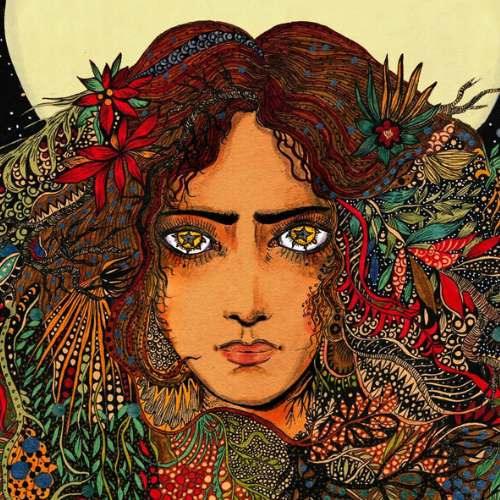Spotlight on South Asian Literature: Five Books by Indian Americans
As of 2019, according to Pew Research Center, 4.6 million Indian Americans live in the United States, more than two times the population of 1.9 million in 2000. Indian Americans are an important part of the Asian American community and it’s past time that their literary contributions are recognized.


